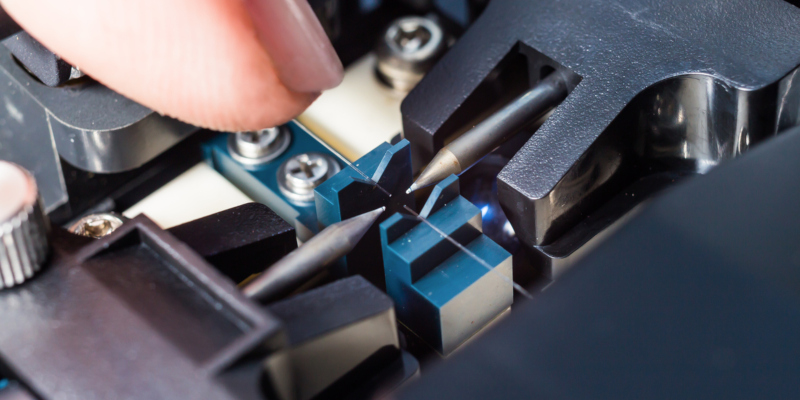
Today, even the tiniest advantages in the speed of information transmission can make a big difference in companies and businesses around the world. Many people are looking for better, more reliable transmission of information and are turning to fiber optics because of it’s speed, strength and dependability. On occasion, fiber optics might become damaged, need replacing, or need extensions done with fiber optics splicing. If you are new to fiber optics, you may be unaware of what fiber optics splicing is, let alone that there are different kinds of fiber optics splicing. Here are the two basic types of fiber optics splicing for your information as a beginner.
- Mechanical Splicing- When you are looking at fiber optics splicing, mechanical splicing is an effective method that many people will use. Somewhat like a splint or a cast, mechanical splicing uses a device to keep two lines of fiber optics aligned and together. This is a temporary method of splicing in that the device can be removed.
- Fusion Splicing- Unlike mechanical splicing that relies on a small device to align fiber optics, fusion splicing actually fuses the two strands of fiber optics together permanently. Fiber optic cables need to be precisely fused together by an experienced expert, otherwise it damages both strands. While this method is going to cost more than mechanical splicing, the results are also more favorable and long-lasting.
Fiber optics and fiber optics splicing are wonderful for setting up or upgrading your methods of digital communication. For more questions about fiber optics splicing, be sure to contact fiber optics professionals in your area.






